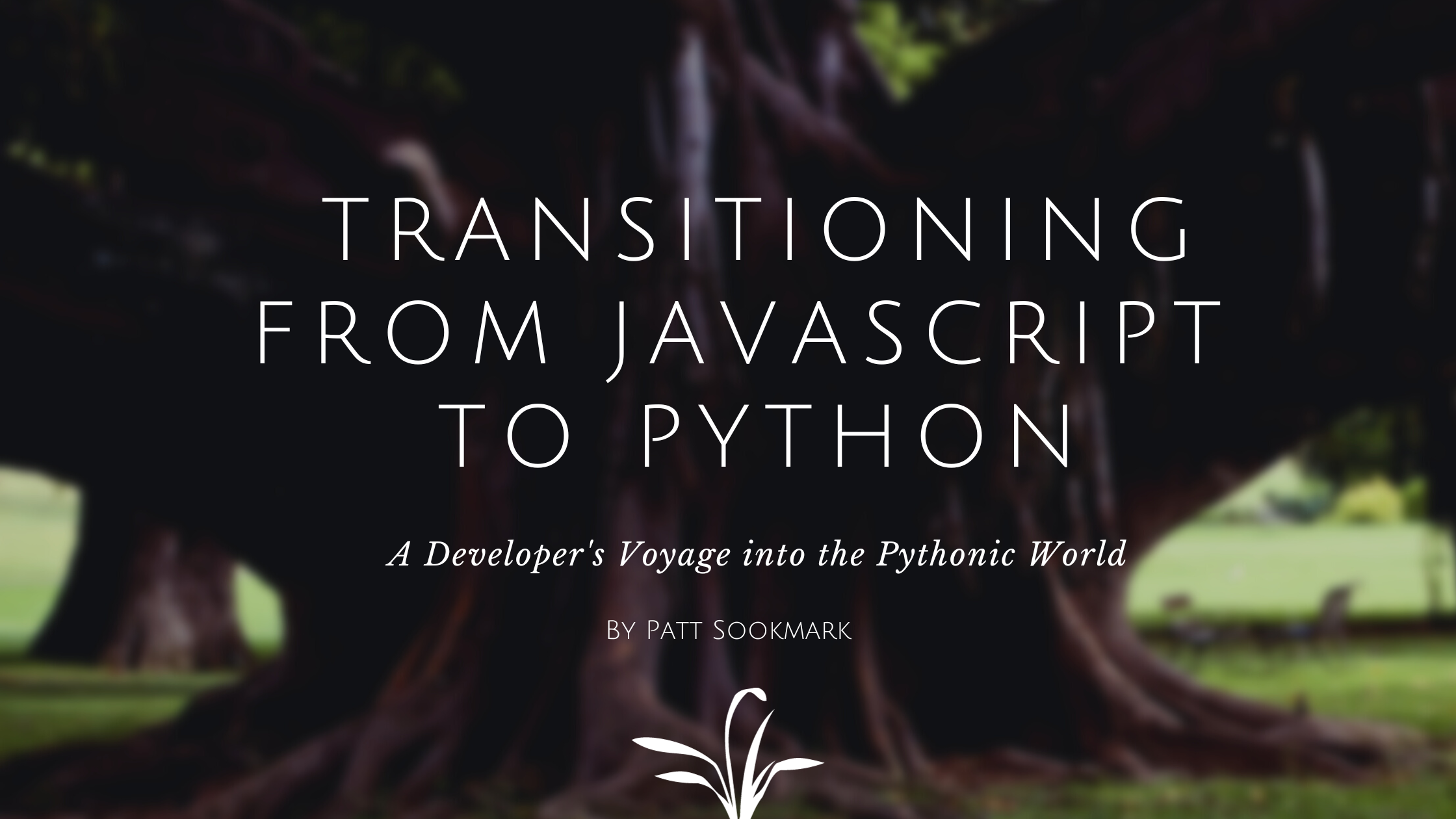
I began my coding journey by mastering JavaScript, mainly focusing on front-end development while at coding school. Later, I delved into backend development using Express.js and PostgreSQL for my language-teaching application. In today’s dynamic tech landscape, versatility is the key. My experience highlights the importance of being proficient in multiple programming languages. Recently, I encountered a situation in another project where the question arose of whether Python could offer a more lightweight and efficient solution.
Why Python?
My desire to explore object-oriented programming further fueled my decision to explore Python. Python’s reputation as an excellent entry point for this paradigm intrigued me.
Challenges of Transitioning
Transitioning to Python came with challenges, including learning a new vocabulary and adjusting to different coding norms, such as spaces versus tabs. For example:
- Python uses colons (:) to signify the start of code blocks.
- Unlike JavaScript, Python doesn’t require explicit type declarations; it’s dynamically typed.
- Python relies heavily on whitespace for code structure.
- While JavaScript uses semicolons (;) to terminate statements (often optional due to automatic semicolon insertion), Python doesn’t.
- Variables in JavaScript must be explicitly declared with
var,let, orconst, and they have specific data types. - JavaScript uses a distinct C-style syntax with curly braces, parentheses, and semicolons.
Consistency is the key to mastering a new skill.
I incorporated daily Python coding sessions alongside my ongoing JavaScript projects as part of my commitment to a “100 Days of Python” challenge. My Python code remains fundamental, focusing on mastering syntax and available methods. Establishing a routine helped me tremendously with my daily Python practice. The key was setting a specific daily time dedicated solely to Python—no exceptions.
In this journey, I’ve discovered the beauty of versatility in programming. While JavaScript remains an invaluable tool for web development, embracing Python has expanded my horizons, offering a fresh perspective on object-oriented programming and its myriad applications. The challenges I faced during this transition only reaffirmed that learning multiple programming languages is beneficial and essential in today’s tech landscape.
My fellow developers, don’t hesitate to embark on your coding adventures, for each language you learn is another door to innovation and creativity in the ever-evolving world of software development. Happy coding!